Revive Your LED Light Strips: Learn How to Restick Them in 5 Easy Steps
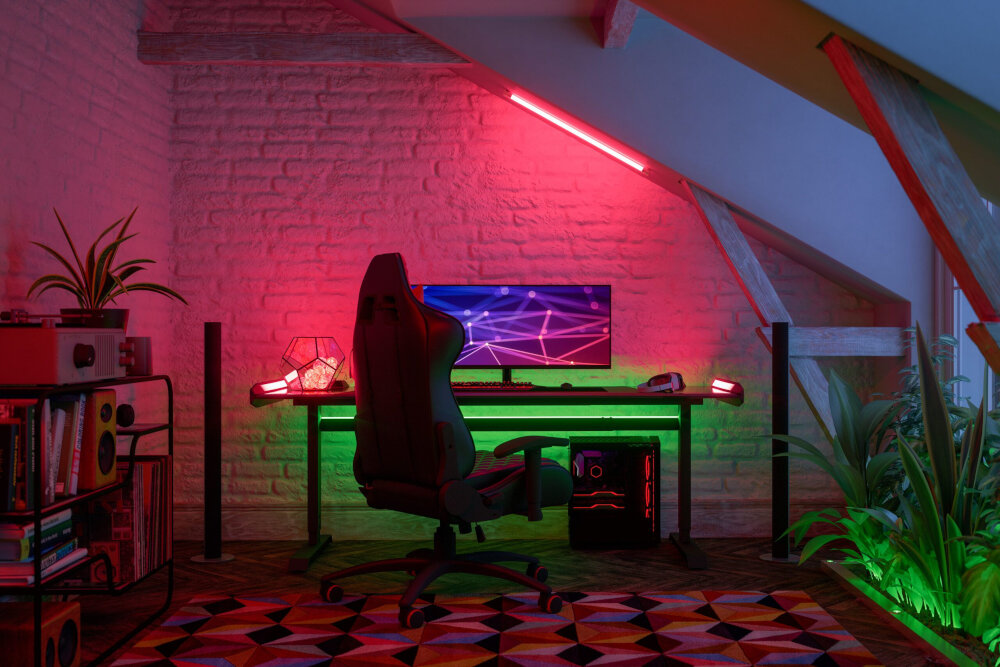
LED light strips have become increasingly popular in recent years, both for their aesthetic appeal and their energy efficiency. However, one common issue people face with these strips is their ability to stay in place over time. Often, the adhesive that holds the strips to surfaces begins to wear down, causing the strips to fall or droop. Fortunately, this problem can be easily solved with a few simple steps. In this article, we will guide you through the process of reviving your LED light strips by learning how to restick them in 5 easy steps. Whether you’re using LED light strips for under-cabinet lighting, accent lighting, or any other purpose, it can be frustrating when they start to lose their stickiness. Having to replace the strips entirely can be costly and time-consuming, but there’s no need to worry. With just a few tools and materials, you can easily restore the adhesive on your light strips and have them looking and functioning like new. In the following sections, we’ll walk you through each step of the process, providing tips and tricks along the way to help you achieve the best results possible.
One common issue with LED light strips is their tendency to lose adhesive strength over time. As these strips are often mounted on various surfaces, such as walls, ceilings, or furniture, the weakening of their stickiness can result in them falling off or sagging, which can be frustrating and unsightly. This problem is mainly caused by the accumulation of dirt, dust, and other debris on the adhesive surface, which reduces its ability to grip the mounting surface effectively. Furthermore, exposure to heat or humidity can also contribute to the degradation of the adhesive material, making it less effective at holding the LED strips in place. However, with the right tools and techniques, it is possible to revive your LED light strips and restore their stickiness to their original state.
Resticking your LED light strips is an essential step that can save you both time and money. By replacing the entire strip, you not only incur the cost of a new strip, but you also need to go through the hassle of rewiring and installing the new strip. On the other hand, resticking the light strips is not only cost-effective but also time-saving as it requires minimal effort. Moreover, resticking allows you to retain the original brightness of the LEDs, while replacing the entire strip may result in a difference in color and brightness. Therefore, it is crucial to learn how to restick your LED light strips to ensure optimal performance and longevity.
Gather Your Materials
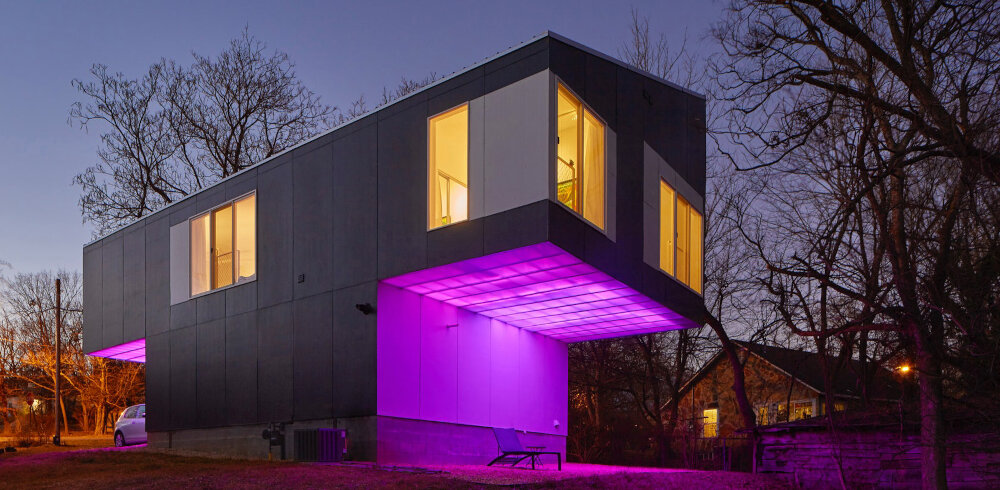
Gathering your materials is the first step towards restoring your LED light strips. To begin, you will need a few essential items such as a ruler, scissors, and a cleaning cloth. The ruler will help you measure the exact length of your LED light strips, while the scissors will enable you to cut the adhesive tapes to size. The cleaning cloth, on the other hand, will allow you to wipe your LED light strips thoroughly to remove any dirt, dust, or debris that may be present. In addition to these essential materials, you will also need double-sided adhesive tape, which is the most critical element in resticking your LED light strips. This tape comes in various sizes and strengths, so it’s essential to choose the right one for your project. You can find double-sided adhesive tape at any hardware or home improvement store. Once you have gathered all your materials, you can move on to the next step, which is to prepare your LED light strips for resticking.
Resticking LED light strips is a cost-effective and easy way to revive your lighting fixtures. The process requires some necessary materials such as double-sided tape, isopropyl alcohol, a clean cloth or rag, and a pair of scissors. Double-sided tape is used to ensure that the LED light strip sticks to the surface securely. Isopropyl alcohol is used to clean the surface before attaching the double-sided tape to ensure a strong bond. A clean cloth or rag is used to wipe away any debris, dust, or dirt from the surface. A pair of scissors is also necessary to trim the double-sided tape to the size of the LED light strip. Having these materials on hand will make the process of resticking LED light strips a breeze.
In the article titled \Revive Your LED Light Strips Learn How to Restick Them in 5 Easy Steps,\ each material used in the process serves an important purpose. The double-sided tape, for instance, is essential in ensuring that the LED light strip stays securely in place. It prevents the light strip from falling off, which can be dangerous and may cause damage to the device. The alcohol wipes, on the other hand, are used to clean the surface where the tape will be applied. This ensures that the tape adheres properly and lasts longer. The scissors are also important for cutting the tape to the desired length, while the ruler helps in measuring the right size. Lastly, the primer spray helps in creating a stronger bond between the surface and the tape. All of these materials are necessary for the successful resticking of LED light strips.
Clean the Surface
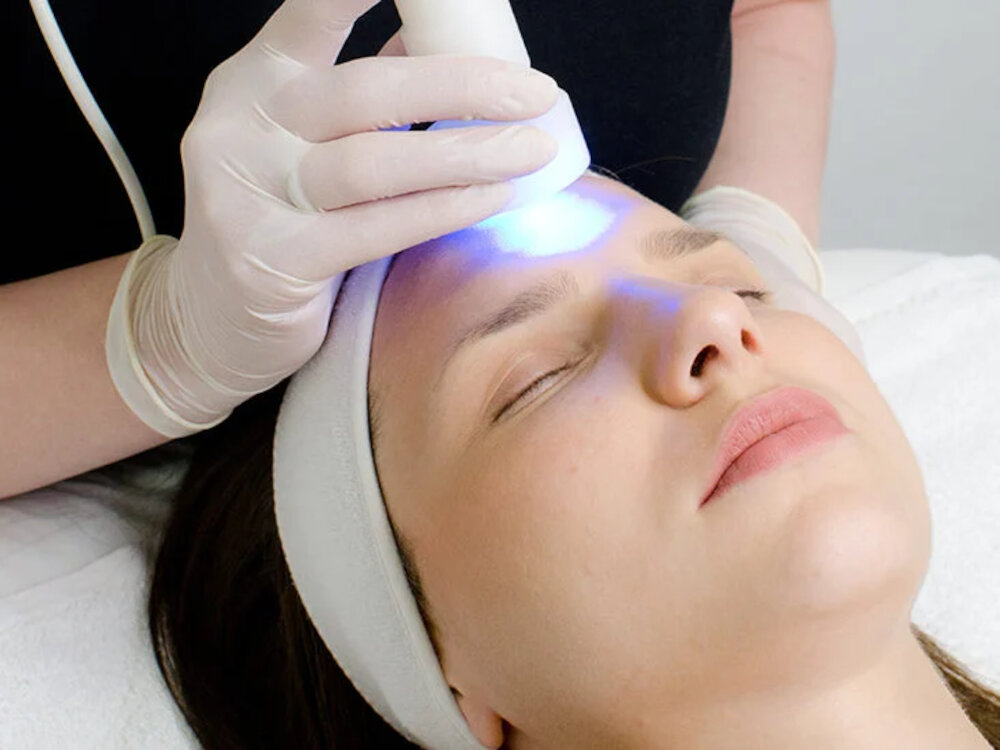
Cleaning the surface is a crucial step in resticking your LED light strips. Over time, the adhesive on the back of the strips can lose its stickiness, leaving the strip hanging off the surface. Before attempting to restick the strip, it is important to clean the surface thoroughly. Any dust, dirt or debris on the surface can prevent the strip from sticking properly. Use a soft cloth and a mild cleaning solution to wipe down the surface. Avoid using harsh chemicals or abrasive materials that can damage the surface or the strip. Once you have cleaned the surface, make sure it is completely dry before proceeding with the resticking process. Any residual moisture can weaken the adhesive and prevent the strip from sticking properly. Use a dry cloth or wait for the surface to air dry before proceeding. Taking the time to properly clean and dry the surface will ensure that the LED light strip sticks securely and stays in place for a long time.
Cleaning the surface before resticking LED light strips is crucial because it ensures maximum adhesion and longevity of the strips. Any dust, dirt, or debris left on the surface can create a barrier between the adhesive and the surface, causing the strips to fall off prematurely. Moreover, leftover residue from previous adhesive applications can also hinder the new adhesive’s effectiveness. Therefore, cleaning the surface with a suitable cleaning agent and a lint-free cloth can remove any existing residue and provide a clean surface for the new adhesive to bond with. This step is essential for ensuring that the LED light strips stick firmly and securely, providing an aesthetically appealing and functional lighting solution for an extended period.
Before attempting to restick your LED light strips, it’s crucial to ensure that the surface is clean and free of any dust, debris, or oil. First, unplug the light strips and remove them from their current location. Next, use a microfiber cloth and a mild cleaning solution to wipe down the surface, paying close attention to any areas with visible dirt or grime. Once the surface is clean, use a dry cloth to remove any excess moisture and allow it to fully dry before attempting to restick the LED light strips. Taking the time to properly clean the surface will ensure that the strips adhere securely and prevent any future issues with falling or drooping.
Apply the Adhesive
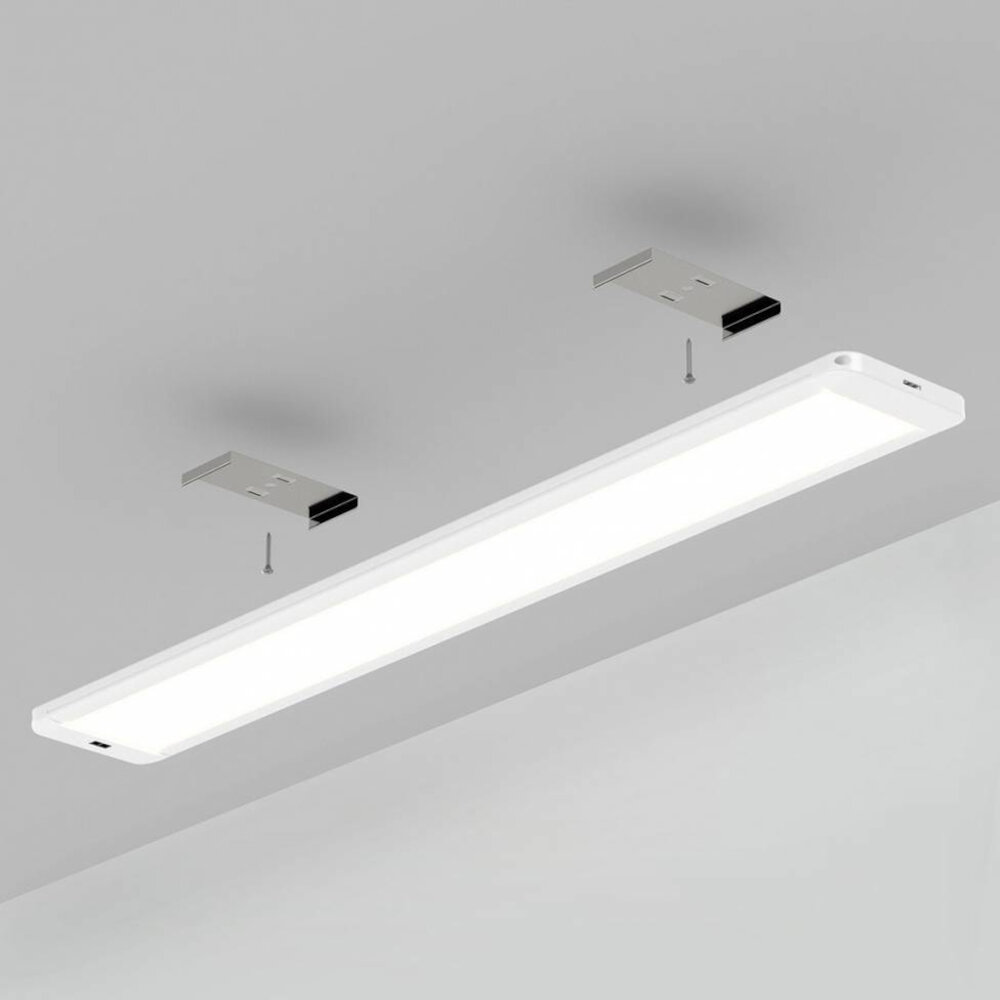
Applying the adhesive is a crucial step when it comes to resticking LED light strips. The adhesive is what keeps the strip in place and prevents it from falling off. To apply the adhesive, you need to start by cleaning the surface where the strip will be attached. Use a clean cloth and rubbing alcohol to remove any dirt or grease from the surface. This will ensure that the adhesive sticks well and remains in place for a long time. Once the surface is clean, you can apply the adhesive to the back of the LED light strip. Make sure to apply it evenly and cover the entire length of the strip. You can use a small brush or a toothpick to spread the adhesive evenly. Be careful not to apply too much adhesive, as this can cause the strip to become too thick and not fit in its original location. After applying the adhesive, it’s important to give it enough time to dry. This will ensure that the strip sticks properly and doesn’t fall off. The drying time will depend on the type of adhesive you use, so make sure to read the instructions carefully. Once the adhesive is dry, you can attach the strip to the surface. Make sure to line it up properly and press it firmly in place. You can use a credit card or a similar object to smooth out any bumps or wrinkles in the strip. With these steps, your LED light strip should be securely attached and ready to light up your space once again.
There are various types of adhesives available that can be used to restick LED light strips. One of the most common adhesives is double-sided tape, which provides a strong and long-lasting hold. Another option is silicone adhesive, which is flexible and can withstand high temperatures, making it ideal for outdoor use. Additionally, hot glue can also be used to restick LED light strips, and it provides a quick and easy solution. For a more professional look, mounting brackets can be used with screws or nails for a secure hold. It is important to choose an adhesive that is compatible with the surface you are sticking the LED light strips to and to ensure that the adhesive is strong enough to hold the weight of the light strips.
To apply the adhesive to your LED light strips, you will need to follow a few simple steps. First, clean the area where you want to apply the adhesive thoroughly using rubbing alcohol or a similar cleaning solution. Next, cut the adhesive to size and remove the protective backing. Then, carefully apply the adhesive to the back of the LED light strip, making sure to avoid any wrinkles or bubbles. Once you have applied the adhesive, press firmly to ensure a secure bond. Finally, allow the adhesive to dry completely before using your LED light strips again. By following these step-by-step instructions, you can easily restick your LED light strips and enjoy their bright, colorful glow once again.
Restick the LED Light Strips
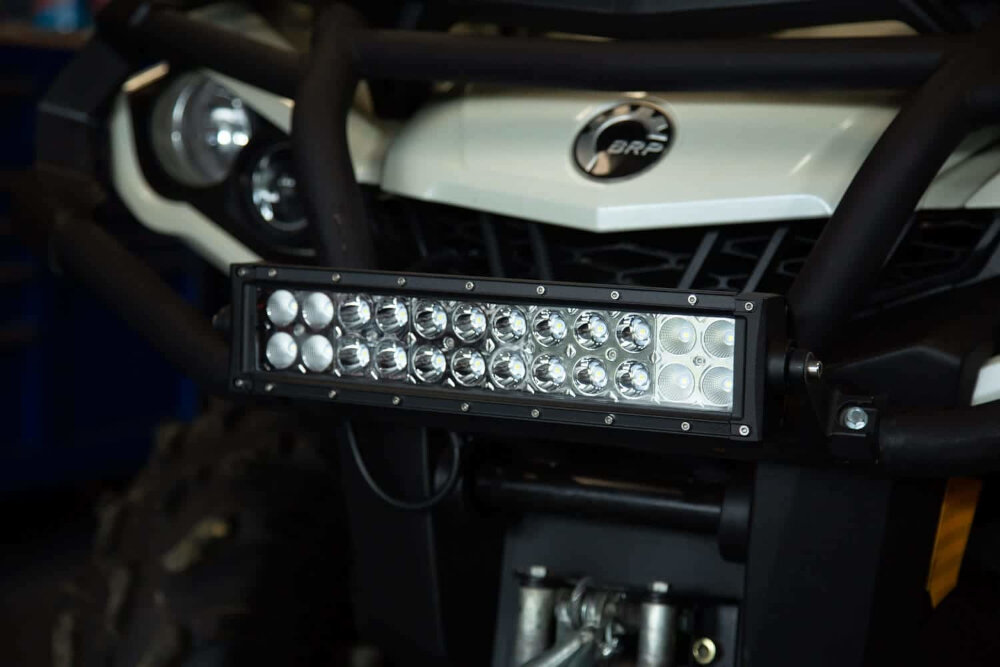
LED light strips are an excellent addition to any room to create a cozy ambiance or to add some extra lighting. However, over time, the adhesive on the back of the LED light strips can wear off, causing them to fall off the wall or other surfaces. Resticking LED light strips is a straightforward process that requires only a few steps. Firstly, you need to gather some materials such as rubbing alcohol, double-sided tape, and a pair of scissors. Then, you need to clean the surface where you want to restick the LED light strips using rubbing alcohol. The rubbing alcohol will help remove any dirt or debris that may interfere with the adhesive. Once the surface is clean and dry, cut small pieces of double-sided tape, and place them on the back of the LED light strips. Make sure to place the tape in strategic areas to provide maximum adhesion. When placing the LED light strips back on the surface, ensure that they are straight and well-aligned. Press down firmly on the LED light strips to ensure that they stick well. With these simple steps, you can restick your LED light strips and enjoy the warm glow they provide in your room.
If you’re struggling with LED light strips that just won’t stay put, don’t give up hope! With just a few simple steps, you can revive your light strips and get them sticking like new again. First, clean the surface thoroughly to remove any dirt or debris that might be interfering with the adhesive. Next, apply a strong double-sided tape or adhesive to the back of the strip, making sure to cover the entire surface. Then, carefully place the strip onto the surface, smoothing out any bubbles or wrinkles as you go. Finally, apply pressure to the strip for several minutes to ensure a strong bond. With these easy steps, you’ll have your LED light strips looking and working like new in no time.
Resticking LED light strips is an essential skill that every LED strip owner should learn. Instead of replacing them every time they fall off, resticking saves time, money, and effort. LED light strips are fantastic for adding a unique touch to any room, but they can be tricky to maintain. Over time, the adhesive backing of LED light strips can wear down, causing them to fall off. This can be frustrating, especially if you’ve spent a lot of time and money installing them. However, with the right technique, you can restick your LED light strips and get them looking as good as new. Resticking LED light strips is a simple process that requires only a few tools and a bit of patience. By following the five easy steps outlined in this article, you can revive your LED light strips and enjoy their beauty and functionality for years to come.
If you have LED light strips that keep falling off or lose their grip over time, don’t give up on them just yet! You can easily revive them with the 5 easy steps to restick them. It’s a cost-effective and simple solution that will save you money and time, and you’ll have your LED light strips looking brand new. Whether you’re a DIY enthusiast or a busy homeowner, anyone can follow these steps with ease. So, don’t hesitate to give it a try and enjoy the benefits of having your LED light strips back in action, shining bright and securely in place!
Conclusion
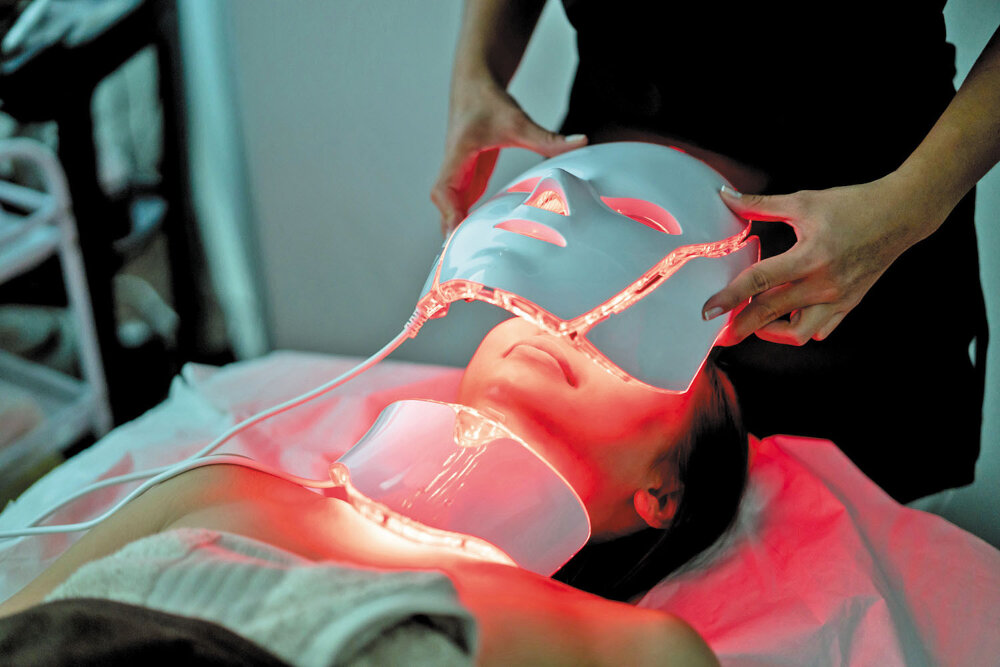
In conclusion, learning how to restick your LED light strips is a simple and easy process that can save you the time and money of having to replace them. With just a few basic tools and some adhesive material, you can have your light strips looking and functioning like new again in no time. Whether you’re looking to revamp your home decor or simply want to improve the lighting in your living space, knowing how to restick your LED light strips is a valuable skill that will come in handy time and time again. So don’t let your old, worn-out light strips go to waste – follow these 5 easy steps and bring new life to your LED lights today!




